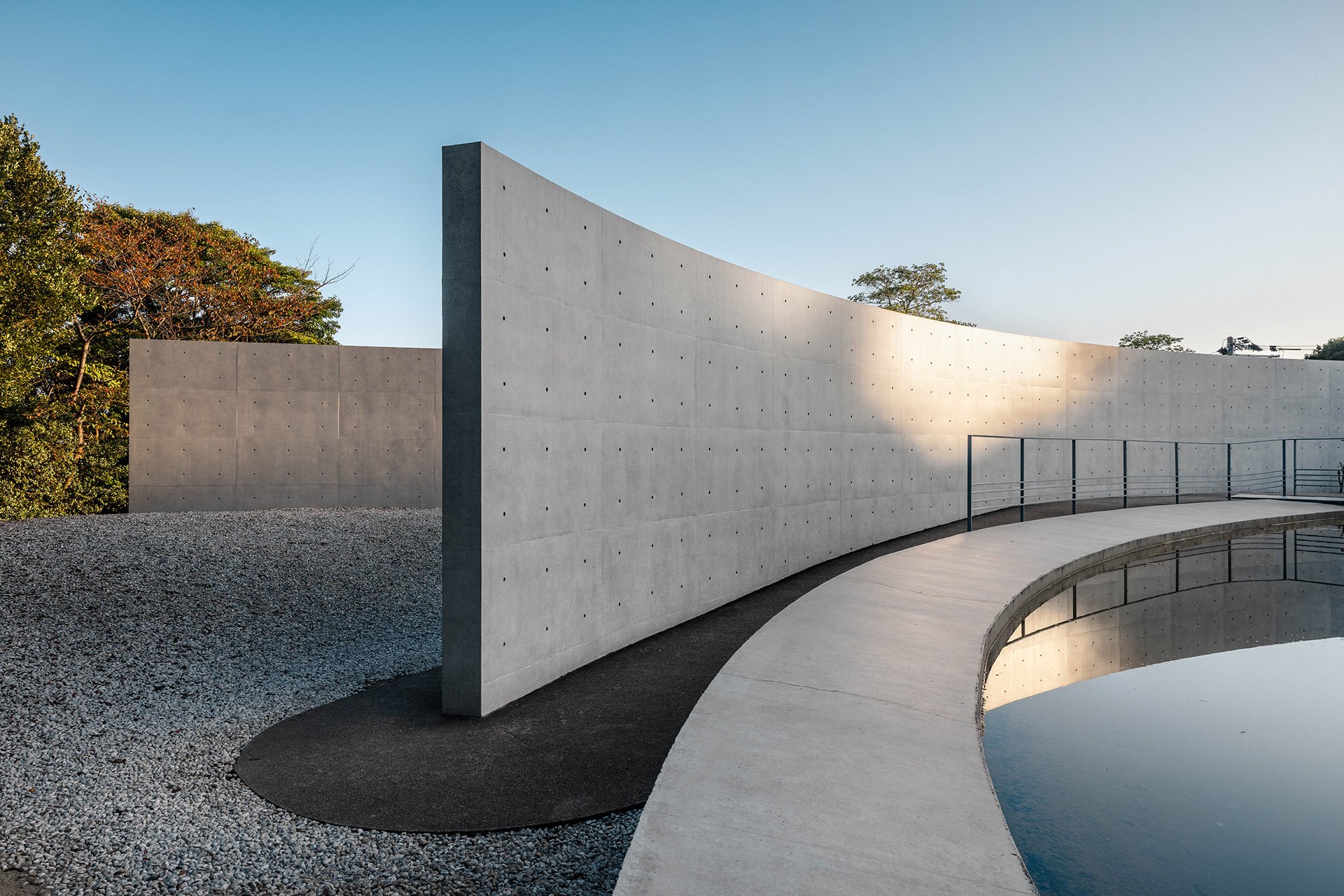Is Shirakawa-Go Worth Visiting in 2025?
In the heart of Japan’s mountainous Gifu Prefecture lies Shirakawa-go. Famous for its traditional gassho-zukuri farmhouses, this UNESCO World Heritage site offers a serene escape from Japan’s bustling cities. Nestled in a valley surrounded by snow-capped peaks, Shirakawa-go presents an idyllic view of rural Japan, one that’s increasingly rare to find in modern times. But is Shirakawa-go worth a visit in 2025? Let’s explore the charms of this quiet village and whether it deserves a spot on your itinerary.
What Is Shirakawa-Go Famous For?
Shirakawa-go is best known for its picturesque thatched-roof houses, built in the gassho-zukuri style, which are designed to withstand the heavy snowfalls of the region. The village’s unique architecture, some of which date back over 250 years, offers a glimpse into Japan’s rural heritage.
In winter, snow coats the thatched roofs of the rural farmhouses creating an untouched scene as the village sits beneath a thick blanket of white. By spring, the flooded rice paddies mirror the sky, while the surrounding mountains shift from a dusting of snow to soft green. Autumn brings a burst of colour, with fiery red and gold leaves surrounding the village.
Reasons to Visit Shirakawa-Go in 2025
During the winter months, the village becomes even more enchanting with the addition of the Shirakawa-go Winter Light-Up, an annual event held on selected evenings in January and February where the gassho-zukuri houses are illuminated.
For the more adventurous among us, the surrounding mountains also offer excellent hiking opportunities, particularly in the warmer months. If you’re after a spectacular view over the village without too much walking, a short 30-minute or less walk to the Ogimachi Castle Observation Deck is all you’ll need.
Shirakawa-go is also an ideal destination for those looking to experience traditional Japanese hospitality. Costing between ¥8,000 - ¥20,000 per person, staying in a farmhouse offers a rare opportunity to experience the village life firsthand and connect with local families. These Minshuku (Japanese-style farmhouses) only allow guests to stay a single night, so if you’re in the area for longer, you’ll have to stay at different houses.
Reasons Not to Visit…
While Shirakawa-go is a stunning destination, it may not be for everyone. The village’s remote location means that reaching it can be time-consuming, particularly in the winter when snow can disrupt travel. You should be prepared for limited dining and accommodation options, as the village is small and less developed compared to bigger surrounding cities like Kanazawa and Takayama.
Shirakawa-go also lacks the variety of activities that the larger tourist destinations offer–though that’s likely not why you’re visiting. If you appreciate peace and solitude and have an interest in History and traditional Japanese craftsmanship, you won’t be disappointed.
One final reason that Shirakawa-go might not be worth visiting is a combination of the above, plus the restriction of limited time. It’s remote location means you should only visit if you want to see the village. It has some great hikes in the area as well, but some of the larger towns are definitely better set up for tourists. Luckily, there are two such towns within public transport distance. Kanazawa and Takayama, both between 1-2 hours away, offer more attractions, activities, and places to stay than Shirakawa-go.
Looking for travel guides and itineraries? Subscribe to the weekly Views from Japan newsletter here.
Where to Stay
For a truly authentic experience, staying in one of Shirakawa-go’s gassho-zukuri is the best choice. Somewhere like Koemon, a gassho-style house built in around 1800 is a great option. Dinner is served around a sunken hearth and both the interior and exterior are built with traditional Japanese architectural techniques. Home-cooked meals and cosy rooms are what to expect.
For the discerning travellers amongst us, stay at Shiroyamakan. Set on the banks of the Shō River, this Japanese Inn is set just 1km from the Historic Villages of Shirakawa-go and Gokayama. Two Kiso hinoki baths, crafted by the wood artisan Shuji Nakawa are available for private use after a day spent hiking the surrounding trails.
Best Time to Visit
The best time to visit Shirakawa-go is in Winter – the snow adds a sense of calm to the area even when it’s busy. However, the other seasons all have something to offer as well: Spring sees flooded rice fields reflecting cherry blossoms and clear skies, and Autumn brings with it the vibrant Koyo foliage of that time of year. Summer, while hot, may bring fewer visitors than other months
Pro tip: Visiting early in the morning, during the week, and during the shoulder seasons will ensure the quietest experience in the area.
How to Get There
Reaching Shirakawa-go from major cities like Tokyo and Kyoto takes time but is relatively straightforward – trains pass through Omiya station and continue onto Toyama, before a bus journey to the village. From Takayama, you can take the Nohi Bus, which takes around 50 minutes to reach the village. Alternatively, buses run from Kanazawa, a larger city nearby, taking about 1.5 hours.
Affiliate Disclosure: Please note this post may contain affiliate links. By purchasing via these links, I may earn a small commission at no additional cost to you. It’s a big help to keep this site up and running and I only promote products and services that I personally use and trust. Thanks!
Discover Japan, Minus the Crowds.
Are you tired of seeing the same over-crowded locations in Japan? I want to offer you a more meaningful experience; one that inspires you to travel to lesser-known destinations and explore Japan’s unique cultural experiences. Views from Japan is a brand new travel guidebook packed with over 260 unique experiences and timeless destinations, giving you all the tools so that you can create a once-in-a-lifetime Japan itinerary.











